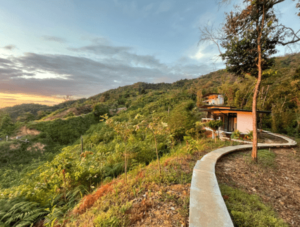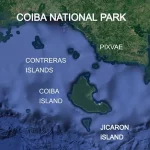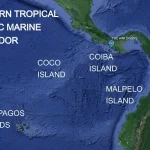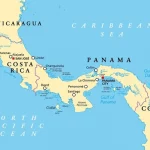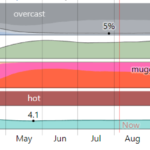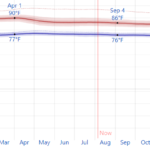Destination Overview
Discover the allure of Panama, a vibrant country where lush rainforests, stunning beaches, and a rich blend of cultures converge to captivate travelers. Nestled between the Caribbean Sea and the Pacific Ocean, this Central American gem offers a seamless blend of natural wonders and historical charm. From the dense jungles of Darién to the pristine shores of Bocas del Toro, Panama boasts a diverse landscape waiting to be explored. Delve into its history by visiting the Panama Canal, ancient ruins, and colonial-era architecture in Casco Viejo, immersing yourself in the fusion of indigenous, African, and Spanish influences that shape the country’s art, music, and cuisine. Indulge your taste buds in a culinary journey, experience thrilling adventures both on land and sea, and celebrate the nation’s cultural heritage at vibrant festivals. Panama beckons, promising an unforgettable escapade for the avid traveler.
Diving Details
Panama offers a diving experience like no other, inviting enthusiasts to plunge into a vibrant aquatic world teeming with life. The country’s coastline is surrounded by crystal-clear waters boasting exceptional visibility, making it a diver’s paradise. Explore a mosaic of coral reefs adorned with intricate formations, vibrant marine flora, and an abundance of marine life, from colorful fish to majestic sea turtles.
Whether you’re a seasoned diver or a novice, Panama accommodates all levels of expertise. Dive sites vary from easy, shallow reefs to challenging deep dives, ensuring there’s something for everyone. Uncover hidden treasures like shipwrecks dating back centuries, providing a glimpse into the country’s rich maritime history. The famous Coiba National Park is a must-visit, offering a breathtaking underwater world with some of the most biodiverse marine environments in the region.
Dive operators and professionals in Panama prioritize safety and are eager to guide and assist, ensuring a memorable and secure diving experience. Immerse yourself in Panama’s underwater wonderland, where every dive is an adventure waiting to be discovered.
Insider Information
Panama is home to one of the most unique cultural celebrations in Central America—the “Carnaval de Las Tablas.” This vibrant and lively festival occurs in the town of Las Tablas and is celebrated with parades, elaborate costumes, traditional dances, and spirited music. The festivities take place in the lead-up to Lent and blend Spanish colonial traditions with indigenous influences, creating an unforgettable cultural experience for both locals and visitors alike.

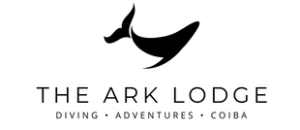
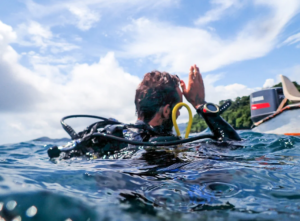 With a focus on safety and personalized service, The Ark Divers limit their group sizes to ensure a more intimate and customized experience. They offer multiday dive trips, with up to three dives per day, specializing in advanced scuba diving expeditions. Coiba National Park, a UNESCO World Heritage Site, is home to a rich biodiversity, including 33 shark species, whale sharks, humpback whales, and the second-largest coral reef in the Eastern Pacific.
With a focus on safety and personalized service, The Ark Divers limit their group sizes to ensure a more intimate and customized experience. They offer multiday dive trips, with up to three dives per day, specializing in advanced scuba diving expeditions. Coiba National Park, a UNESCO World Heritage Site, is home to a rich biodiversity, including 33 shark species, whale sharks, humpback whales, and the second-largest coral reef in the Eastern Pacific.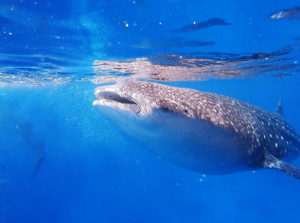 The Ark Divers are dedicated to providing an all-encompassing diving adventure, with well-trained staff offering a range of recreational dive training. Their motto, “Beyond Diving,” reflects their commitment to delivering exceptional and unforgettable diving experience.
The Ark Divers are dedicated to providing an all-encompassing diving adventure, with well-trained staff offering a range of recreational dive training. Their motto, “Beyond Diving,” reflects their commitment to delivering exceptional and unforgettable diving experience.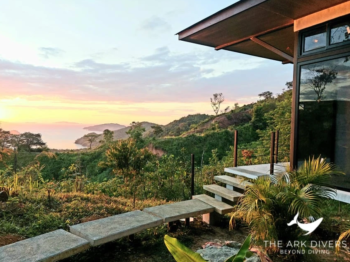
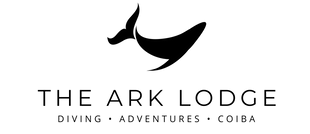
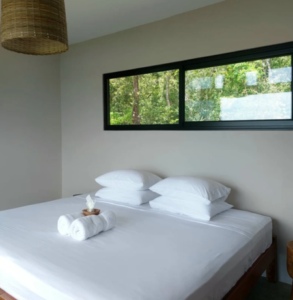 The Ark Divers Boutique Eco-Lodge boasts three beautifully designed cabanas, each offering a private bathroom, balcony, and stunning panoramic ocean views. Choose between the double cabana, accommodating up to two guests, or the quadruple cabana, accommodating up to four guests. All cabanas feature convertible twin-to-king beds, ensuring comfort and flexibility for all guests. With a maximum capacity of just eight people, the lodge promises an exclusive and personalized experience.
The Ark Divers Boutique Eco-Lodge boasts three beautifully designed cabanas, each offering a private bathroom, balcony, and stunning panoramic ocean views. Choose between the double cabana, accommodating up to two guests, or the quadruple cabana, accommodating up to four guests. All cabanas feature convertible twin-to-king beds, ensuring comfort and flexibility for all guests. With a maximum capacity of just eight people, the lodge promises an exclusive and personalized experience.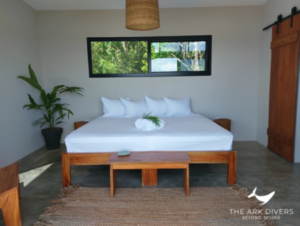 Savor fresh, homemade meals at the lodge’s Guanabana Lounge Bar & Restaurant. Passionate about providing healthy, natural, and delicious dishes, the restaurant sources ingredients locally, ensuring the freshest seasonal offerings. The menu evolves with the seasons and includes vegan, vegetarian, pescatarian, and gluten-free options, catering to all dietary preferences. Enjoy a refreshing cocktail or mocktail while soaking in the golden hour over the Pacific Ocean from the lounge bar.
Savor fresh, homemade meals at the lodge’s Guanabana Lounge Bar & Restaurant. Passionate about providing healthy, natural, and delicious dishes, the restaurant sources ingredients locally, ensuring the freshest seasonal offerings. The menu evolves with the seasons and includes vegan, vegetarian, pescatarian, and gluten-free options, catering to all dietary preferences. Enjoy a refreshing cocktail or mocktail while soaking in the golden hour over the Pacific Ocean from the lounge bar.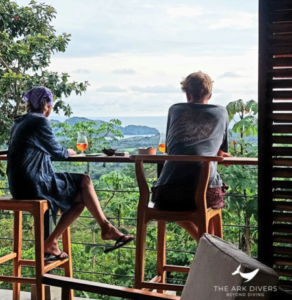
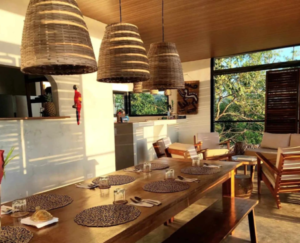
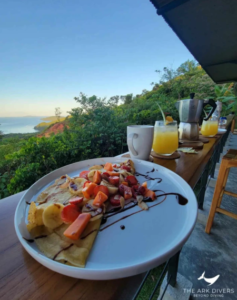 Beyond diving, The Ark Divers Boutique Eco-Lodge offers a wide array of activities to satisfy every adventurer. Engage in yoga sessions, trek through lush jungles, explore hidden waterfalls, and enjoy horseback riding through scenic landscapes. Birdwatching and photography enthusiasts will find ample opportunities to capture the area’s stunning biodiversity, guided by experienced naturalists. For those interested in fishing, the lodge provides everything needed for a memorable day on the water, with the possibility of spotting whale sharks and other marine wonders.
Beyond diving, The Ark Divers Boutique Eco-Lodge offers a wide array of activities to satisfy every adventurer. Engage in yoga sessions, trek through lush jungles, explore hidden waterfalls, and enjoy horseback riding through scenic landscapes. Birdwatching and photography enthusiasts will find ample opportunities to capture the area’s stunning biodiversity, guided by experienced naturalists. For those interested in fishing, the lodge provides everything needed for a memorable day on the water, with the possibility of spotting whale sharks and other marine wonders.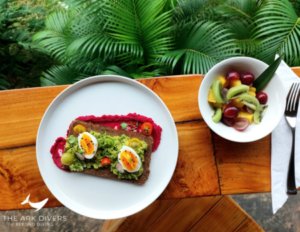 At The Ark Divers Boutique Eco-Lodge, the focus is on providing an intimate and customized experience for every guest. With limited accommodation capacity, guests enjoy a high level of personalized service, ensuring a memorable and unique stay. Whether you’re looking to unwind in a tranquil environment or embark on thrilling adventures, The Ark Divers offers a perfect blend of relaxation and excitement.
At The Ark Divers Boutique Eco-Lodge, the focus is on providing an intimate and customized experience for every guest. With limited accommodation capacity, guests enjoy a high level of personalized service, ensuring a memorable and unique stay. Whether you’re looking to unwind in a tranquil environment or embark on thrilling adventures, The Ark Divers offers a perfect blend of relaxation and excitement.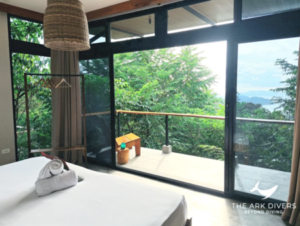 Reconnect with nature and immerse yourself in an unforgettable adventure at The Ark Divers Boutique Eco-Lodge, where every detail is designed to provide a sustainable and luxurious escape.
Reconnect with nature and immerse yourself in an unforgettable adventure at The Ark Divers Boutique Eco-Lodge, where every detail is designed to provide a sustainable and luxurious escape. 